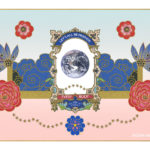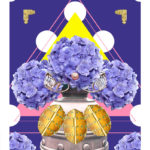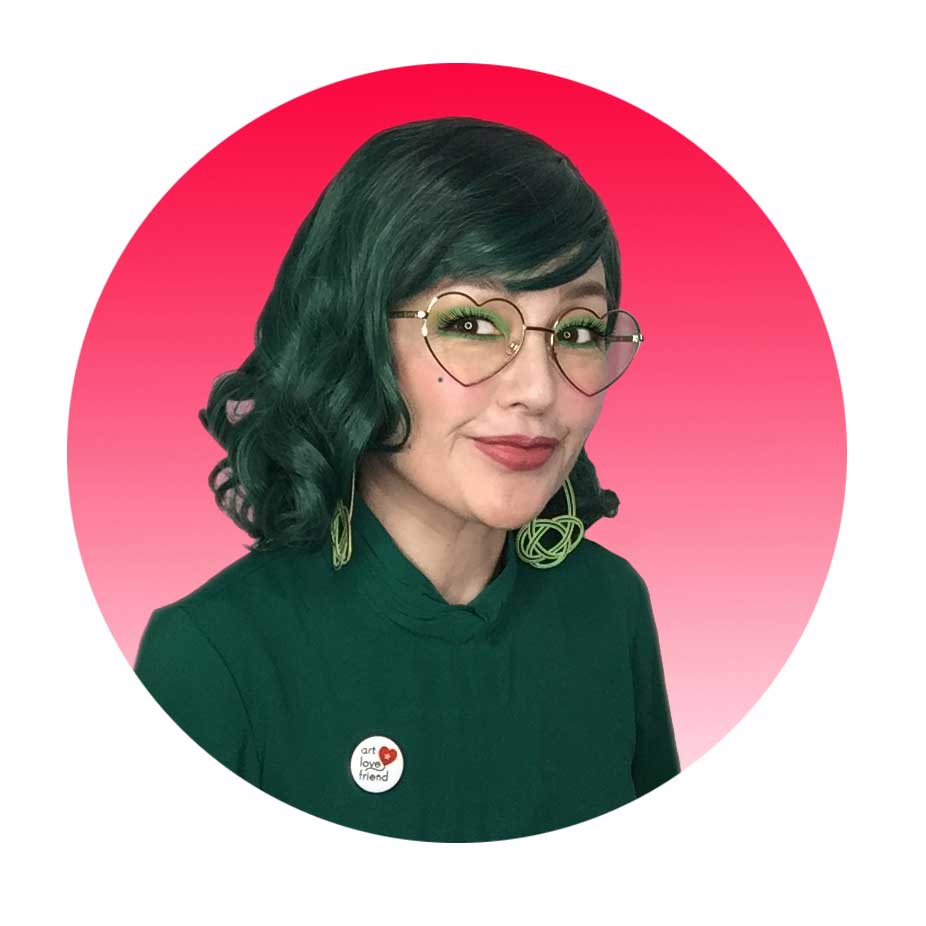04 May Design for Each and All: Hoshi Hana
How can design shape how people live well and flourish?
Design is everywhere and therefore it has a powerful effect on everybody. It reflects and forms ideas about culture, and the world we live in. Because of this power, Designers must consider the needs of everybody that will interact with their design. Will they feel joy? Will they feel accepted? Will they feel like the designer cared? Designers have a responsibility to create inclusive content now more than ever because society is demanding positive change.
We need to consider with our designs… are we normalizing images of pollution, racism, gun violence, alcoholism and tobacco addiction? Are we promoting images of peace? What kind of society are we creating?
Who is/are “each and all” and what is the context?
“Design for each and all” is about creating with the consideration of the well being of every person, all living beings, and the state of our planet.
Good design does not prey on the innocence of children. It does not exploit people’s sexuality or vulnerability.
It doesn’t sell ideas or products that are harmful to people and the planet. Instead, it celebrates ecology, health, and diversity.
How do you think about “just” and “fair” access in design?
“Just” and “fair”access in design is about crafting work that is accessible to everyone. We have a responsibility in caring about making print and information clear and readable for everybody: people with blindness need description of image data in websites, people who suffer from color blindness need constrast in specific colors to read information. Sometimes translations, text simplification, design simplication is needed to allow for just and fair access. We can’t just make stuff because we like how it looks, we need to go further and consider all of the folks interacting with what we make.
How does design build a better—more inclusive, fairer— world?
It takes attention to details, attention to consideration of our audience, of every person who might see our work. Not everyone can see or hear, not everyone looks like we do. Design creates a better world by being inclusive and fair in depiction of people. When we have a group of faces, can we include a face from every race? Can we show multiple shades of skin colors? Can we have people of diverse ages interact in positive ways? Can we show people of different body types and facial features in a beautiful way? Can we share images of responsible care-taking of our planet? Can we share multiple types of gender identities in our work?
Our world is diverse and so when we design for inclusivity and fairness, we broaden our audience and in turn can build a fun communication stream that is larger and global in scope. Although inclusivity and fairness requires attention and holds a great deal of responsibility, it also builds more joy and can be a source of great satisfaction in contributing good to our society at large.
Hoshi Hana is a designer and artist of Japanese American descent, born, raised & working in Los Angeles. L.A. gave her access to the beauty of cultural, gender, and age diversity. It taught her that life is more fun having friends from all walks of life.
Image 1: Collage and page layout design for Annie Sprinkle and Beth Stephens, “25 Ways to Make Love to the Earth” poem, which will be printed in an art anthology by Fanny Hauser + Viktor Neumann. 2020/2021
Image 2: “Hoshi Hana Mind Palace: Let’s All Be Friends Every Body.” Digital collage personal work. 2020
Image 3:. “Forgiveness.” Digital collage personal work. 2021
Images © Hoshi Hana. Used with permission.




